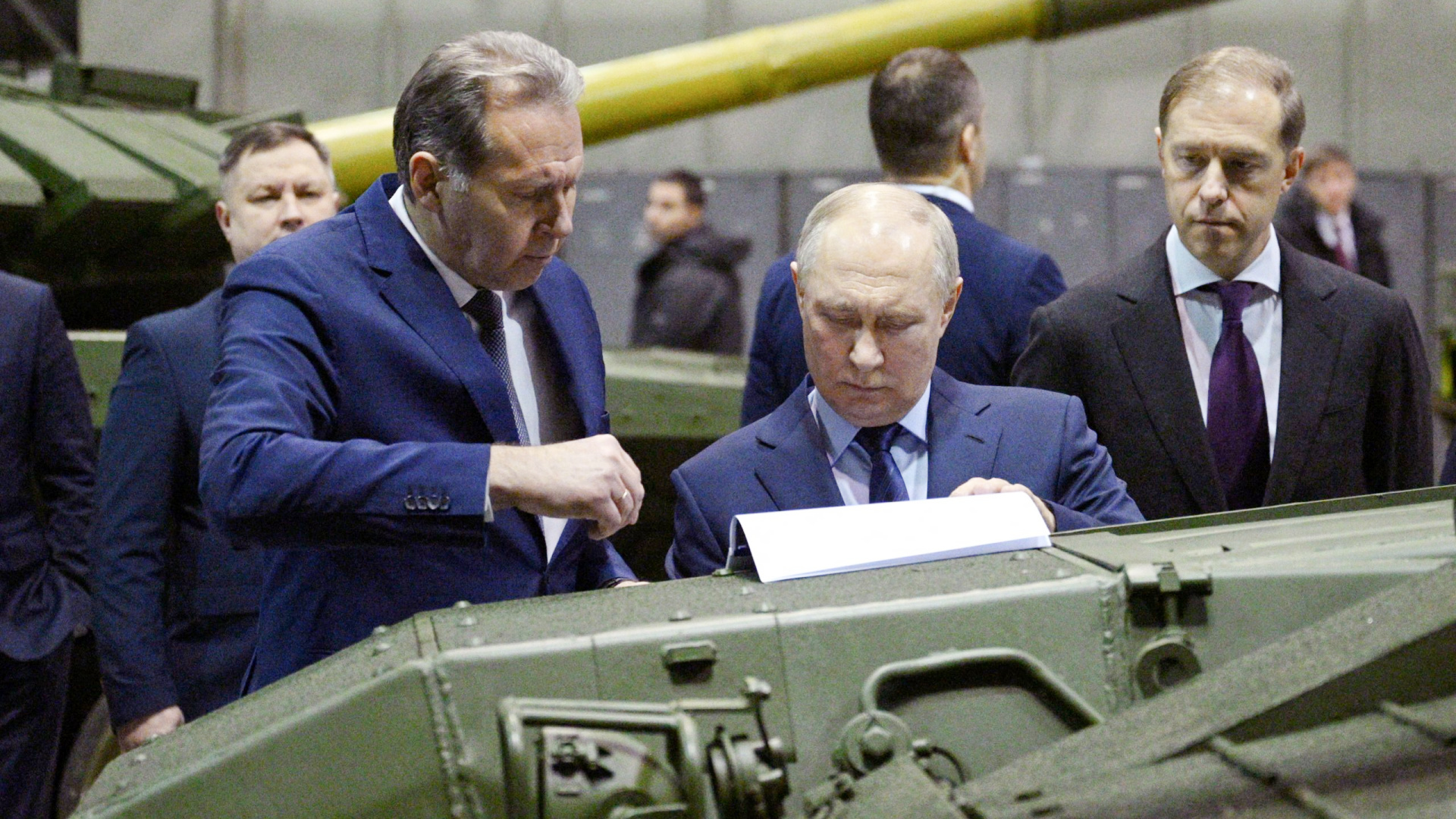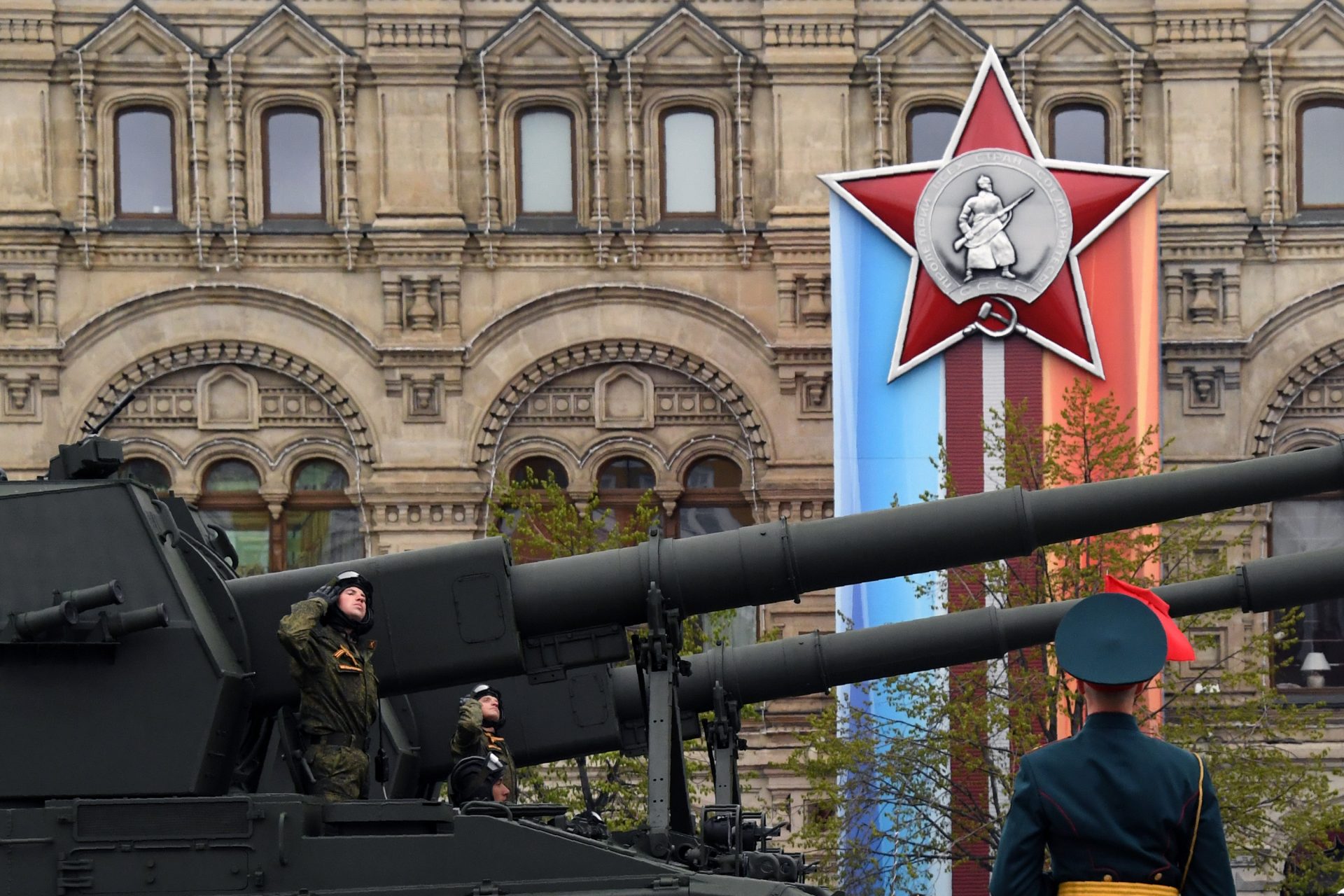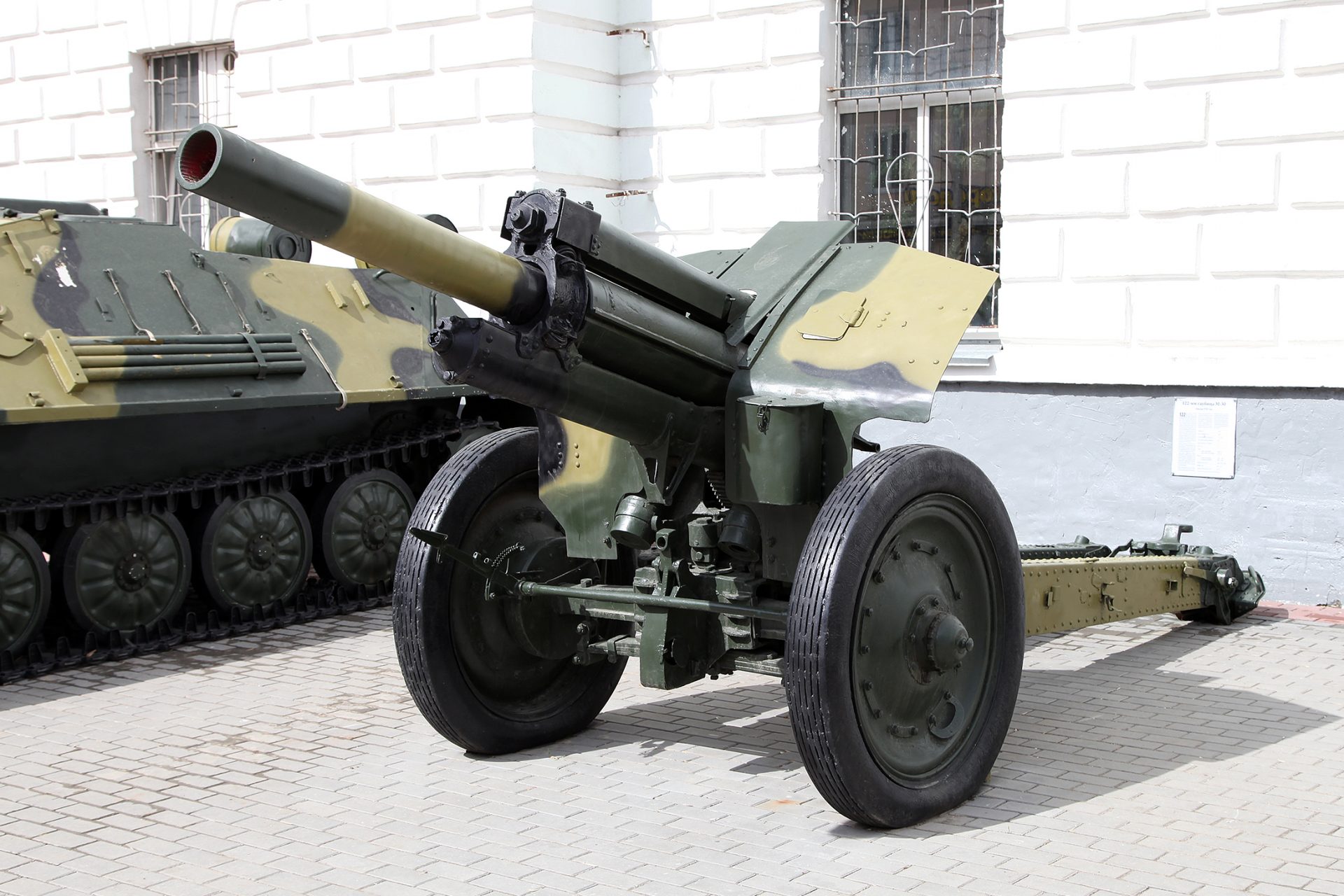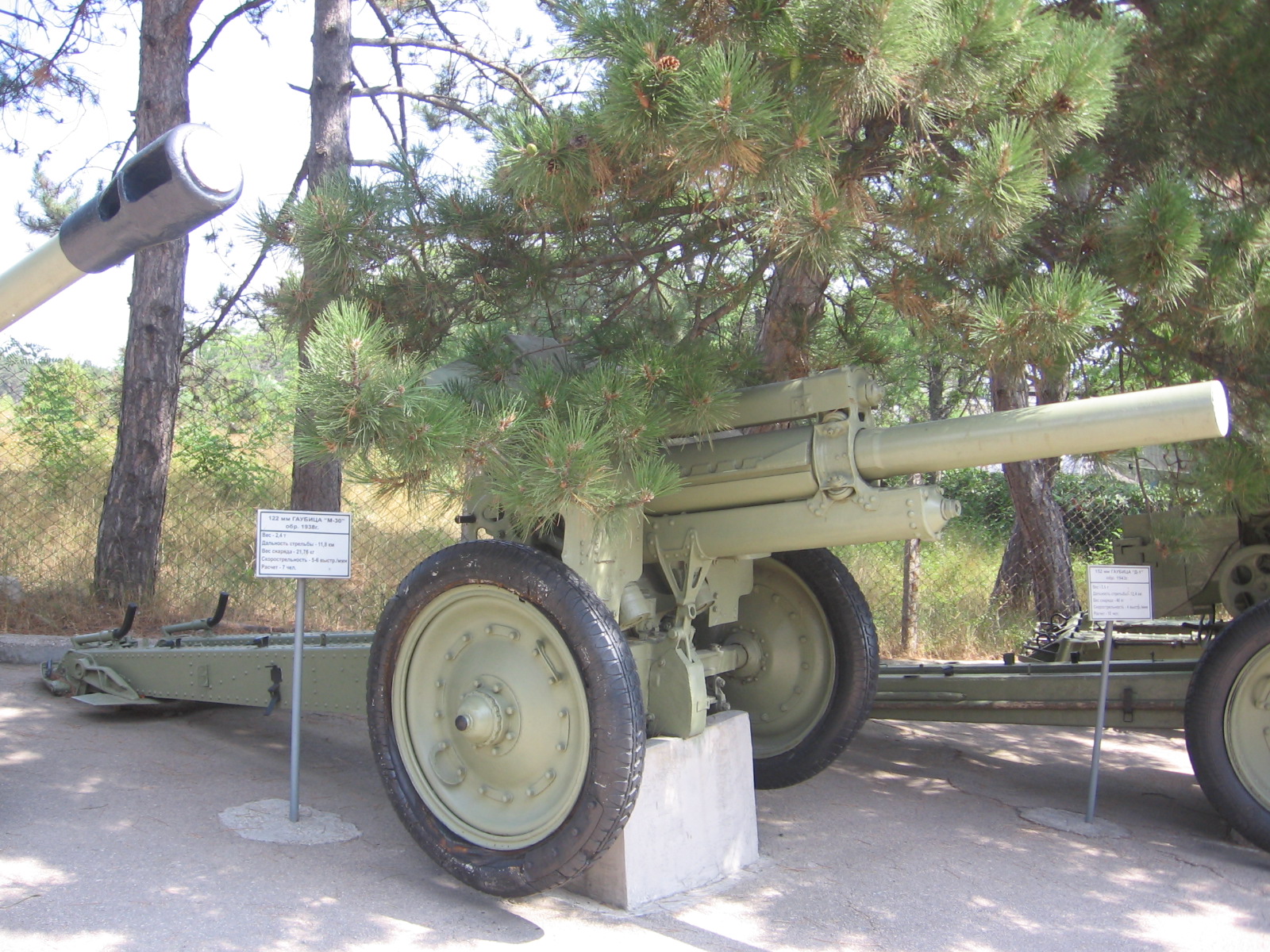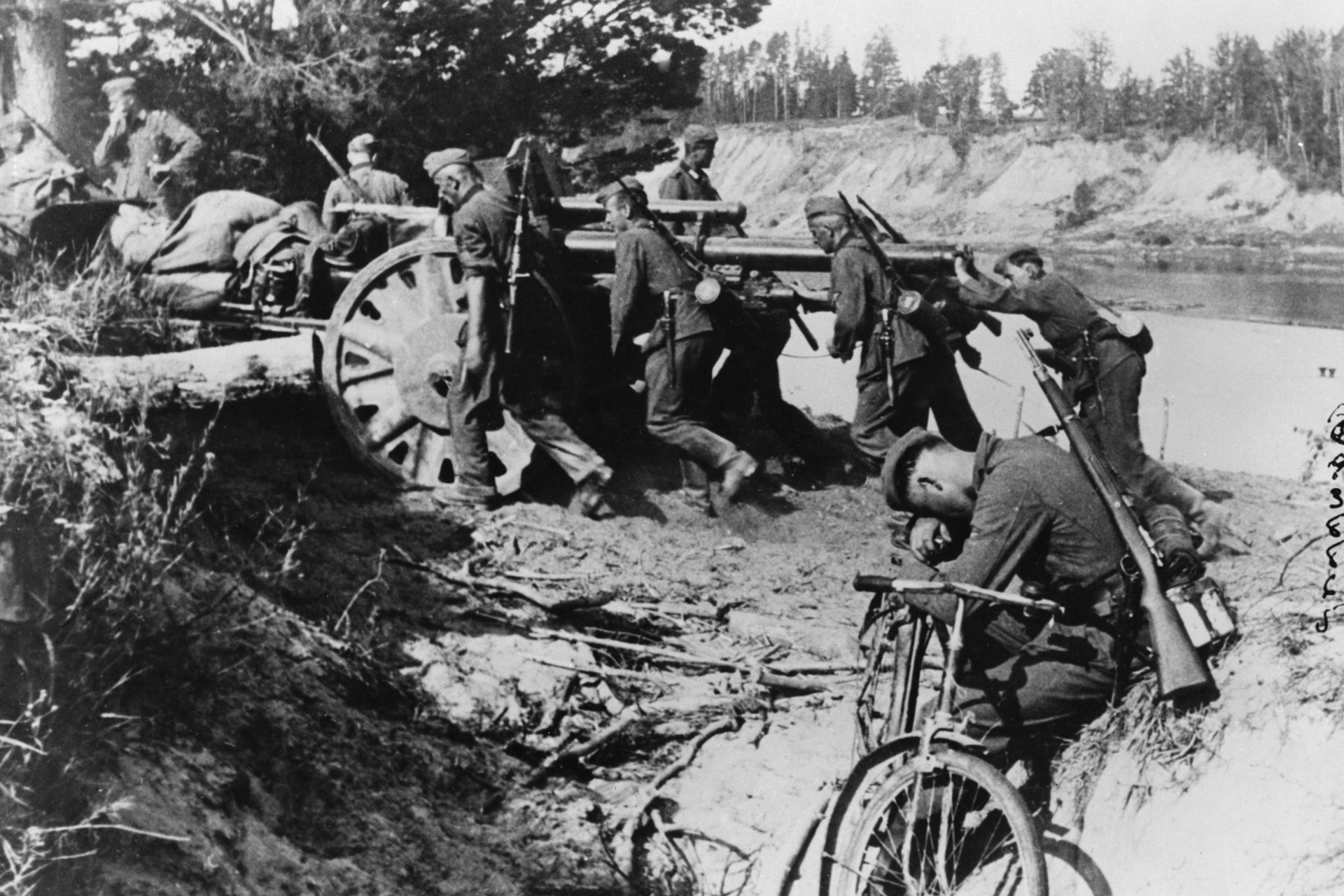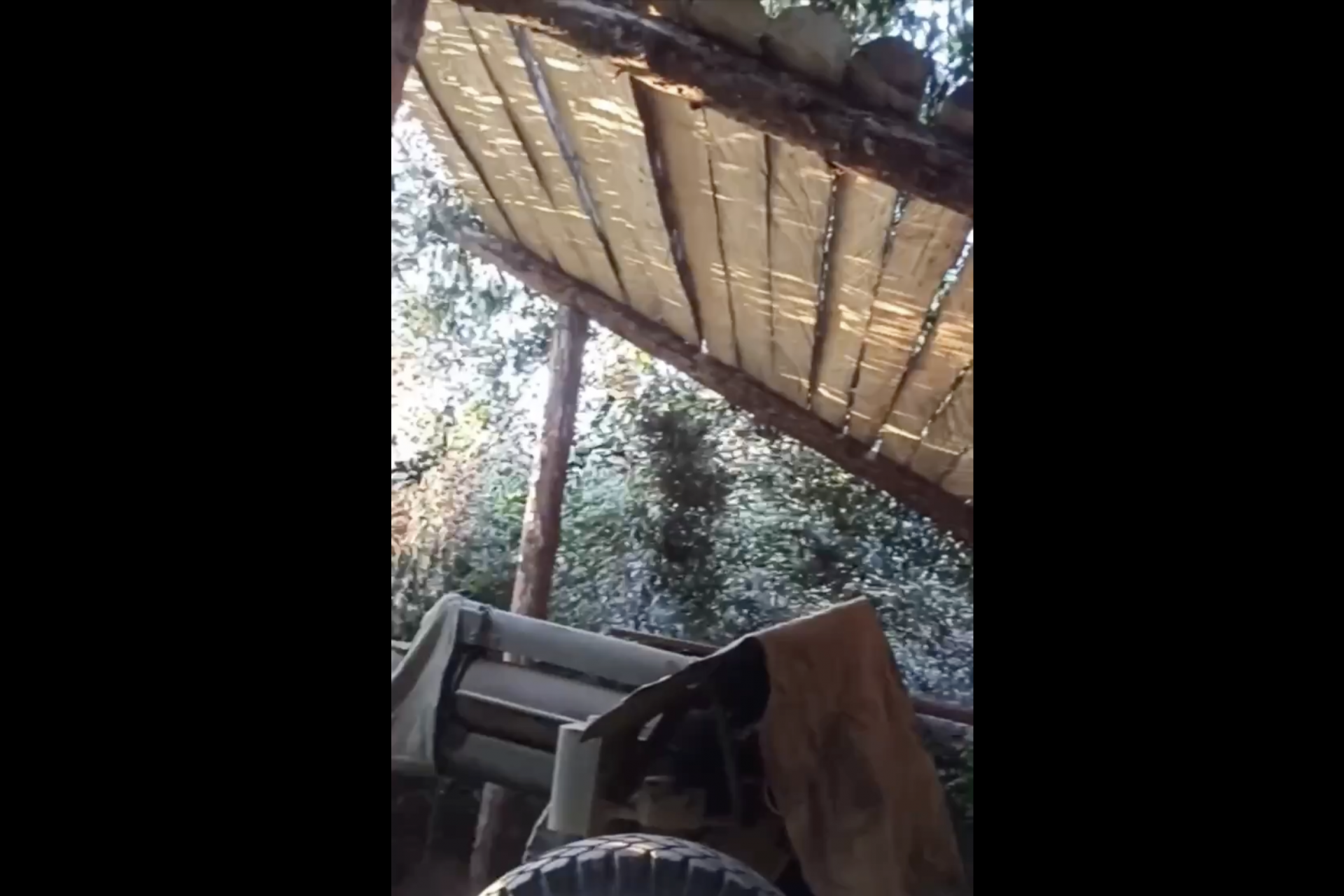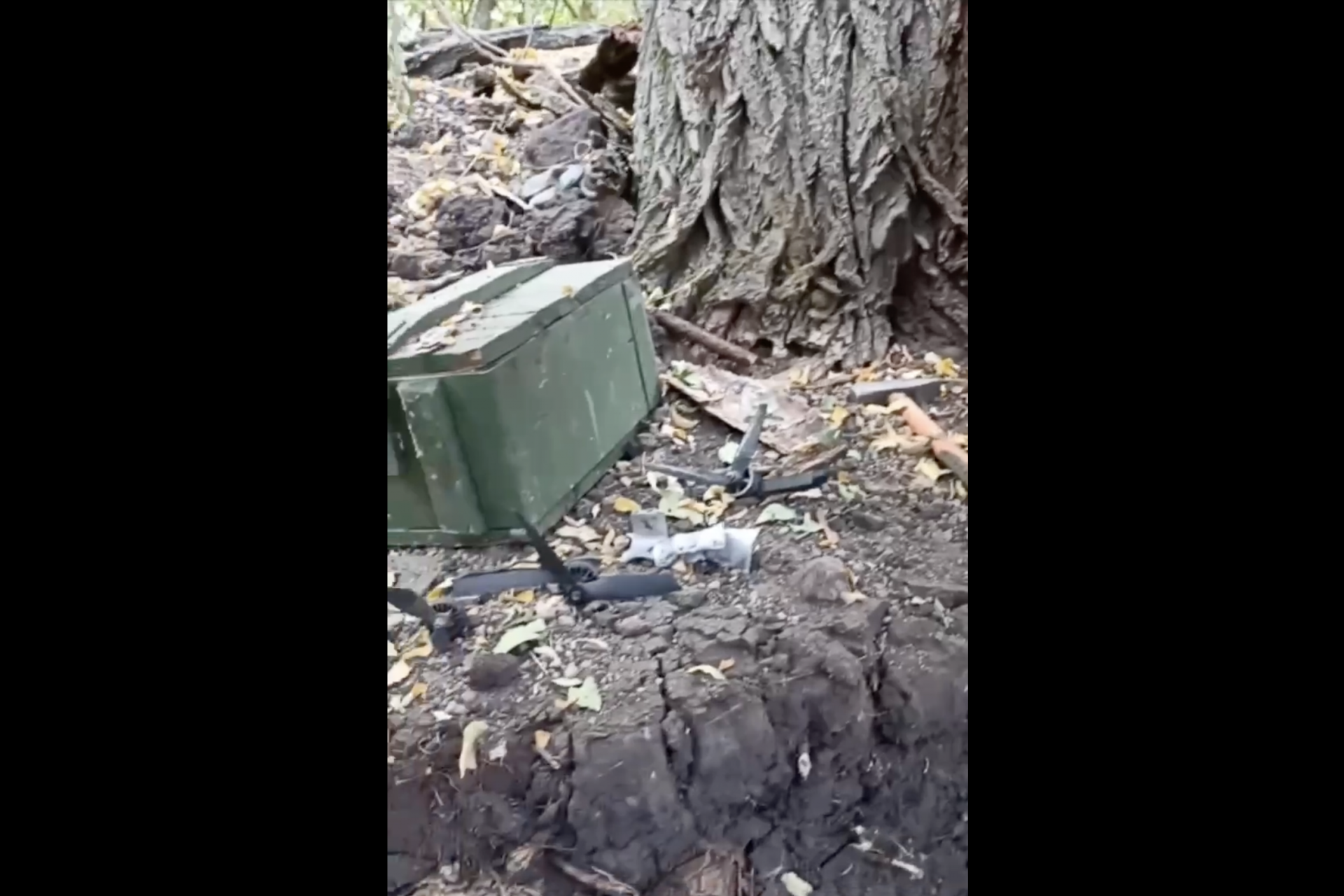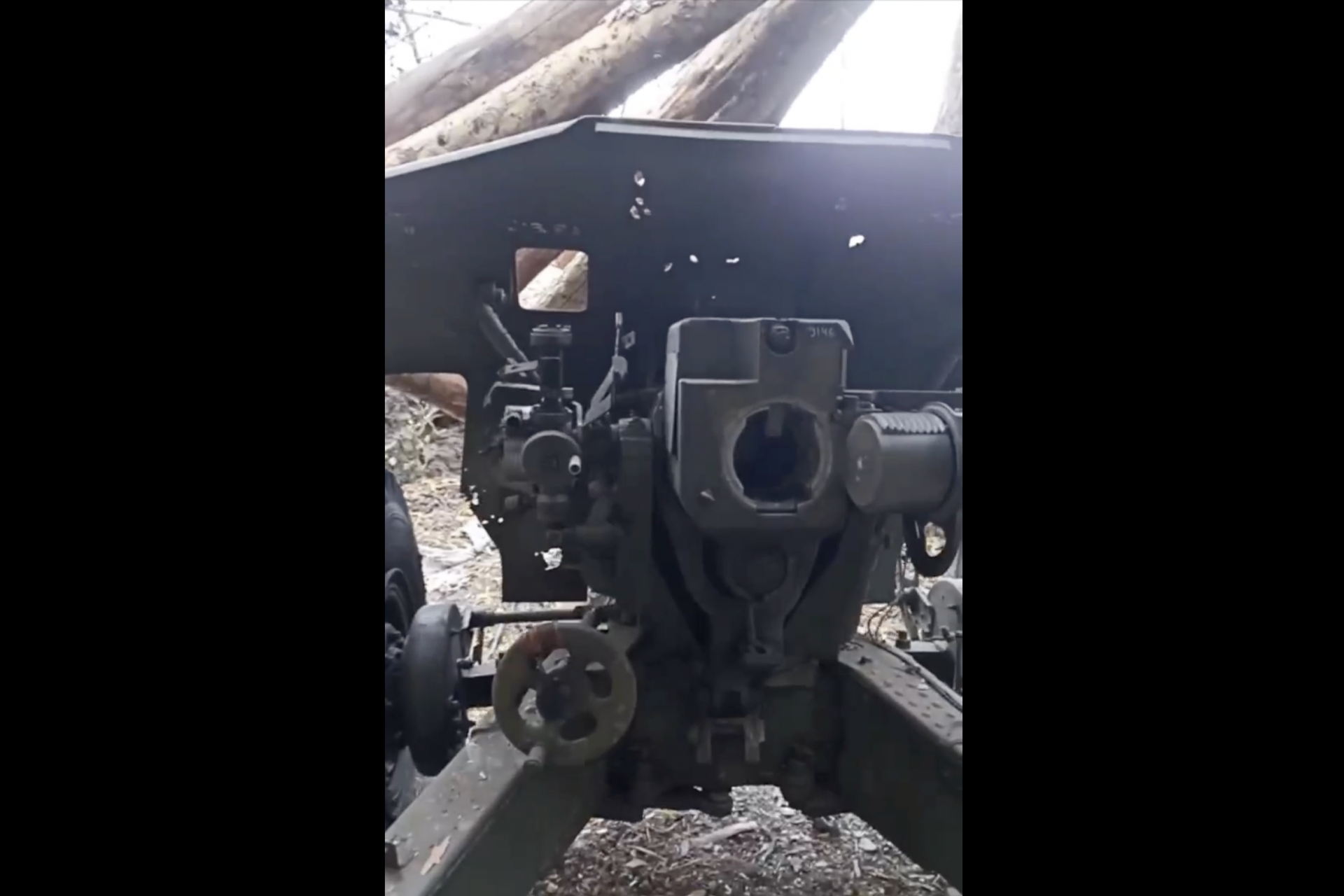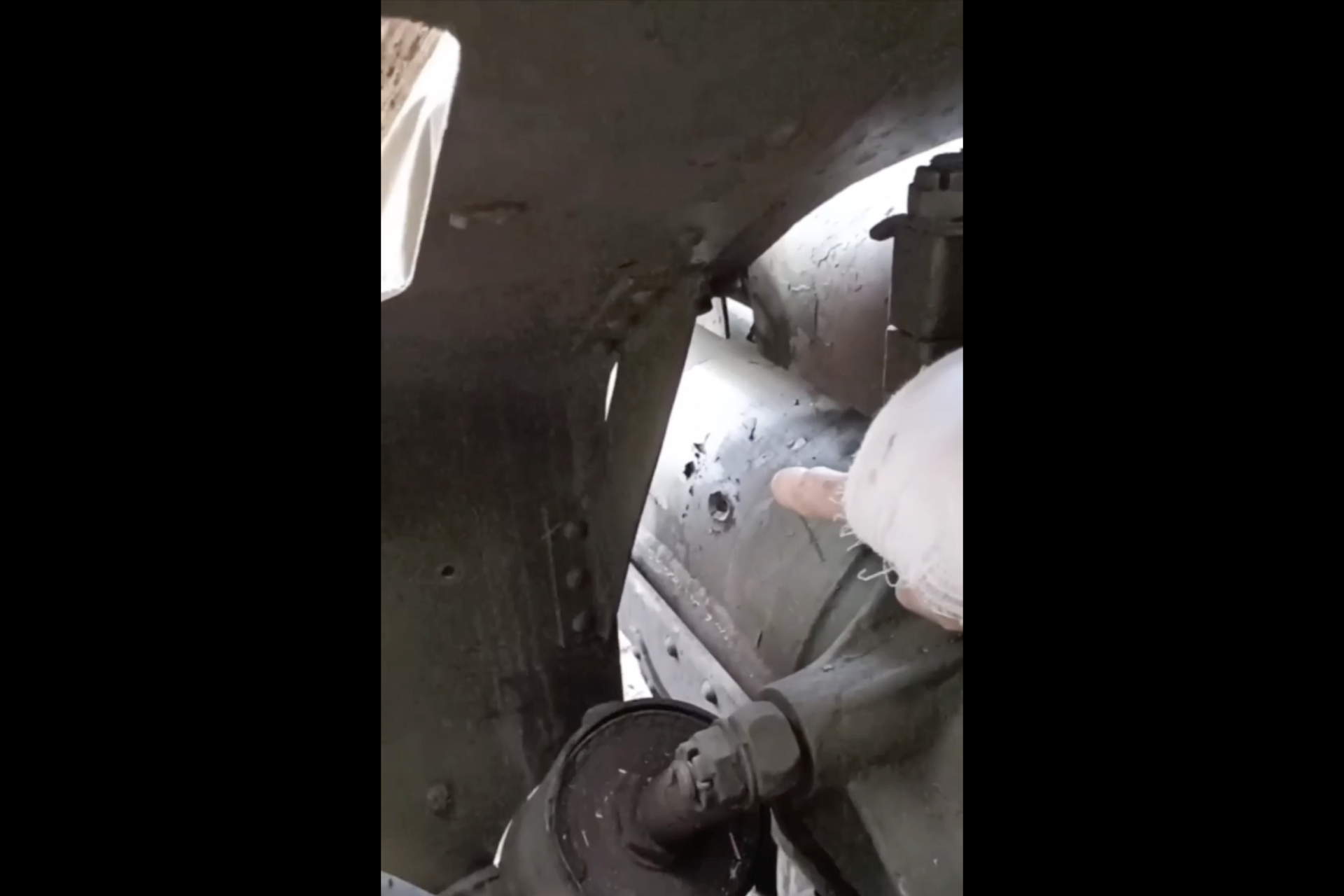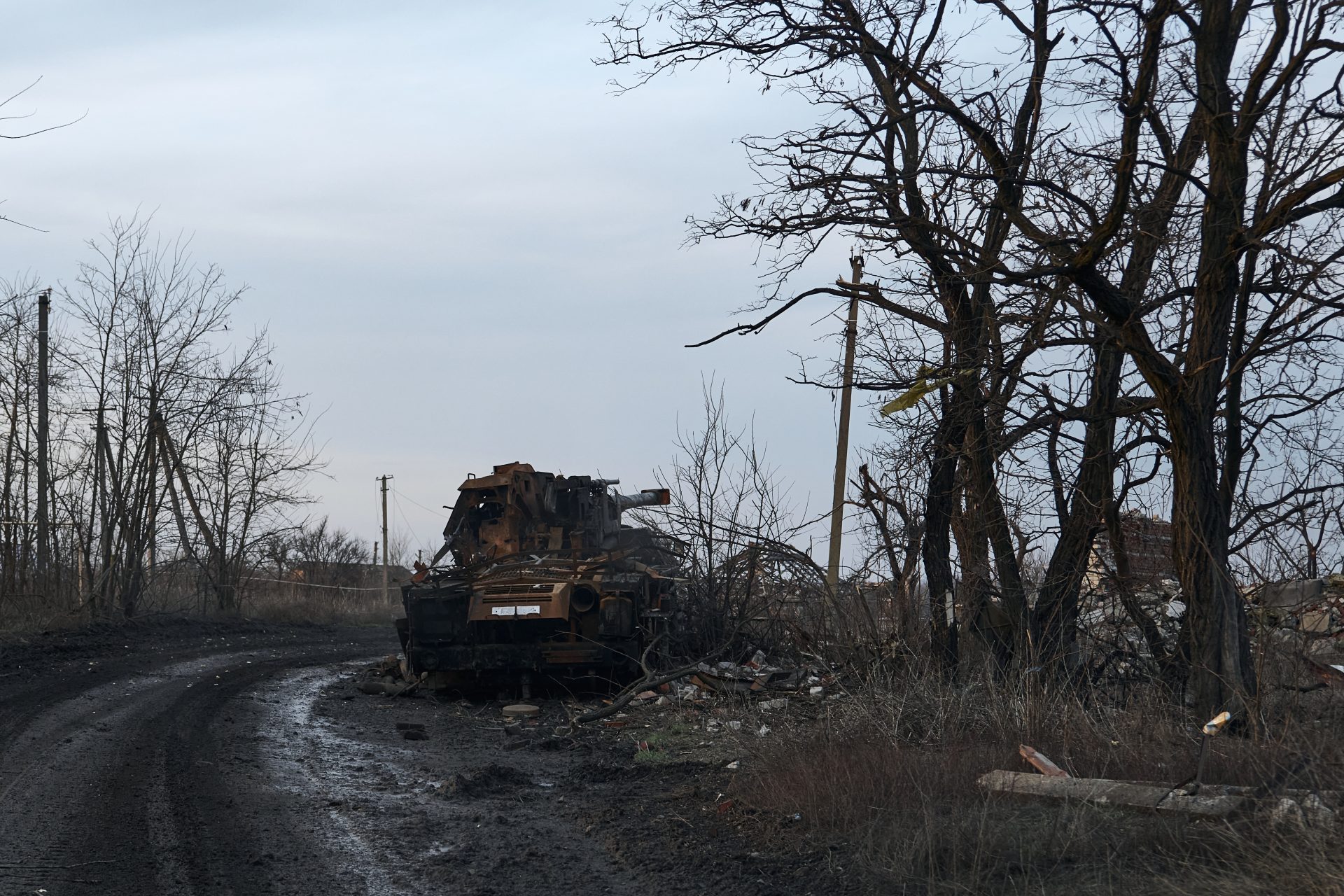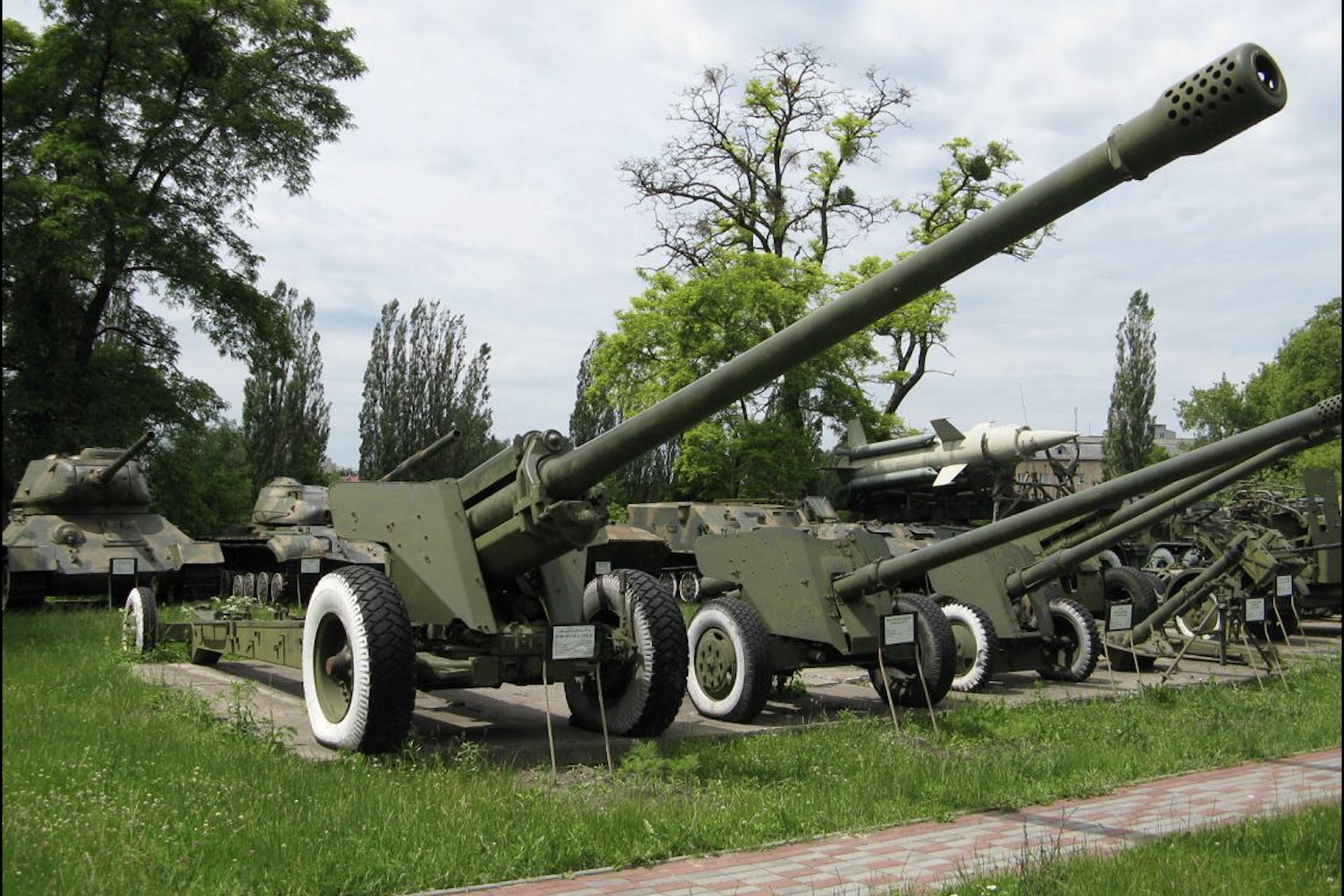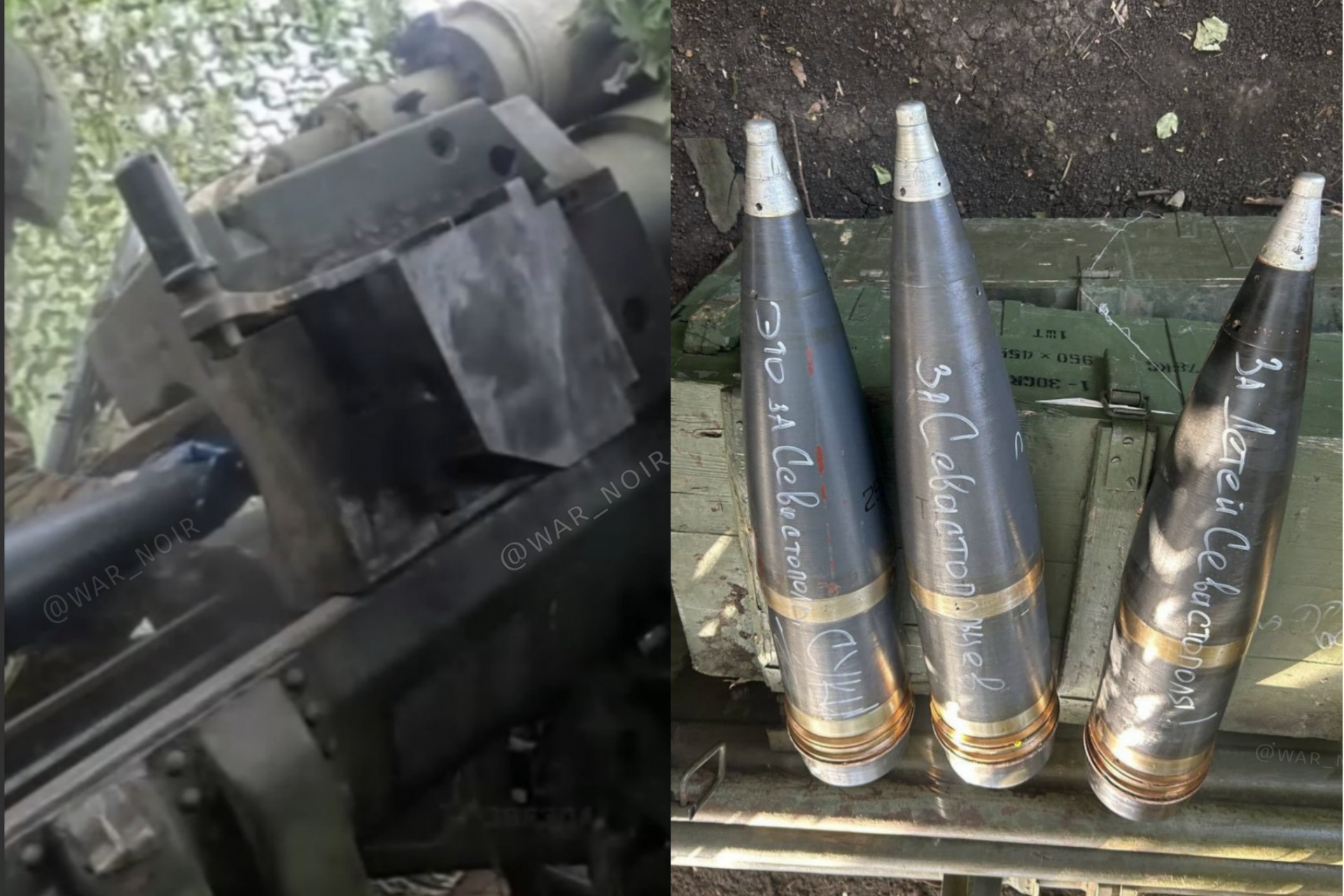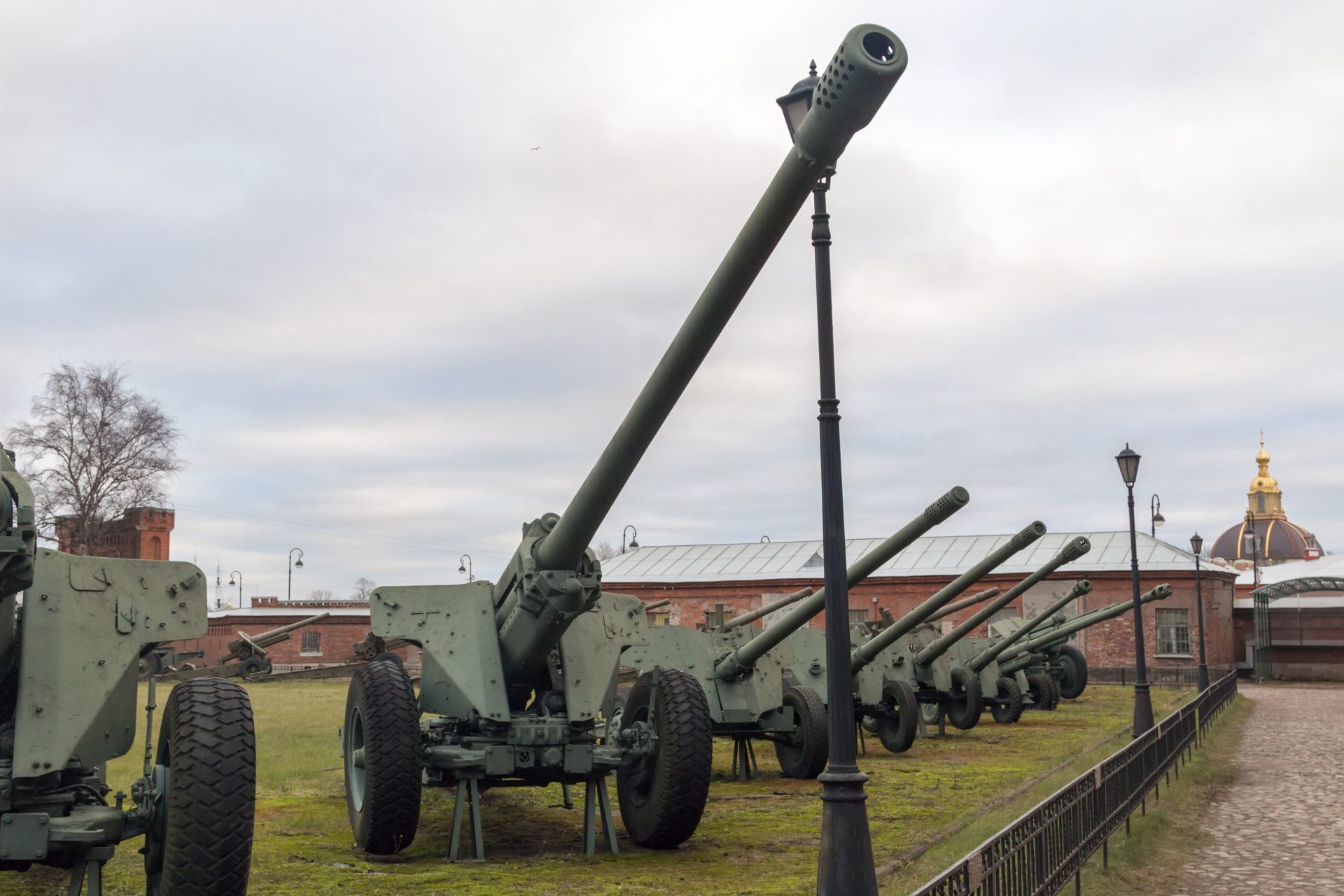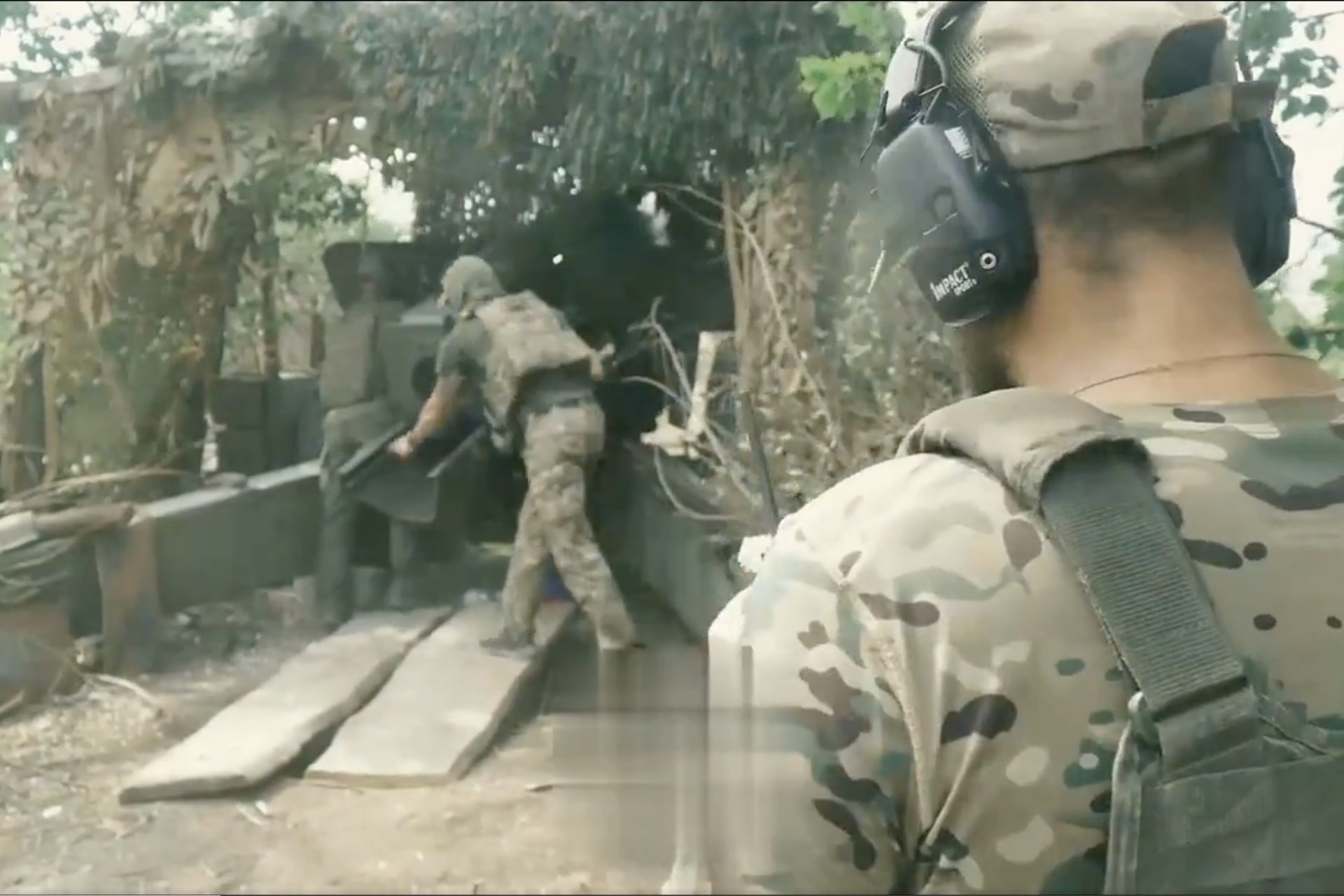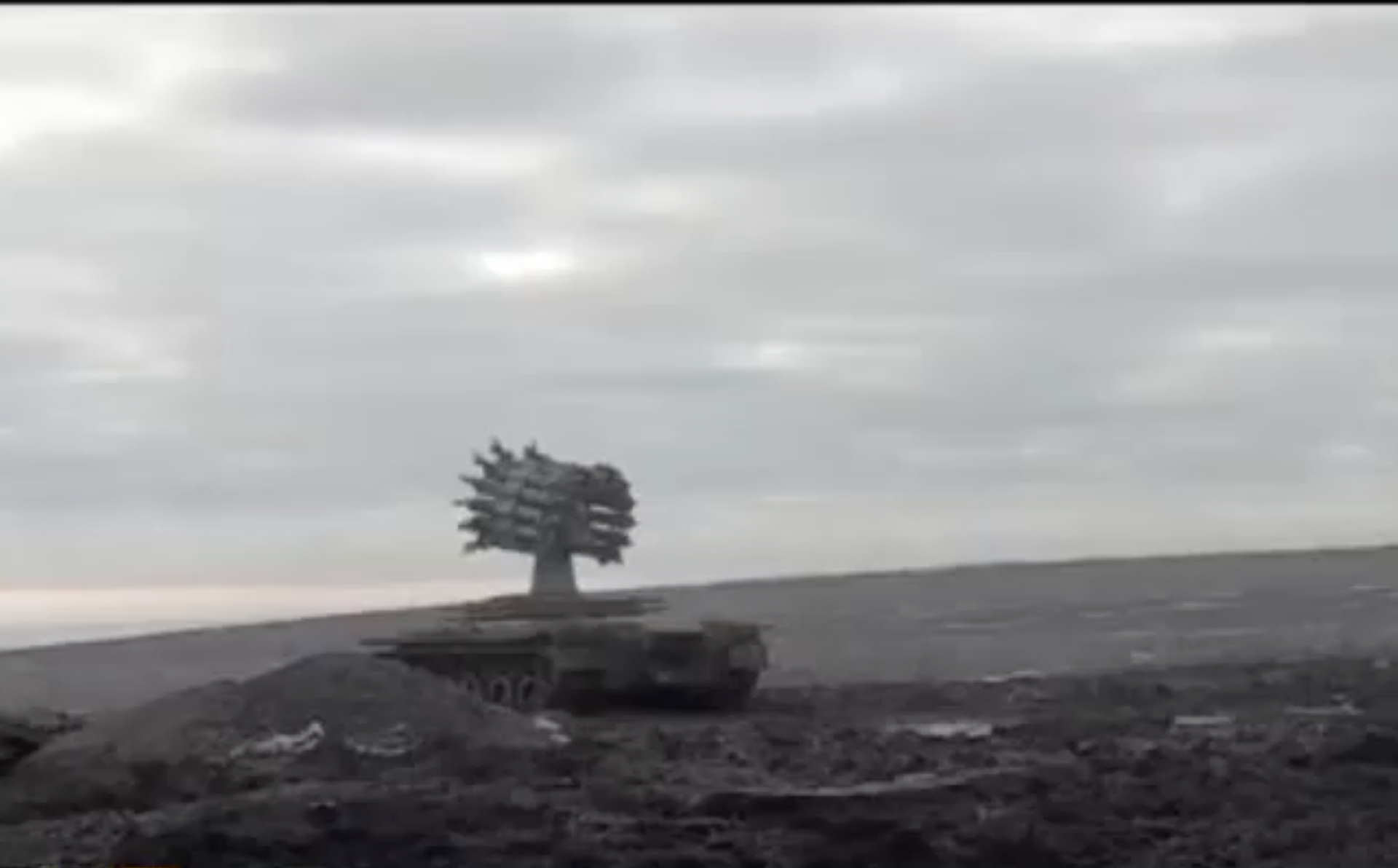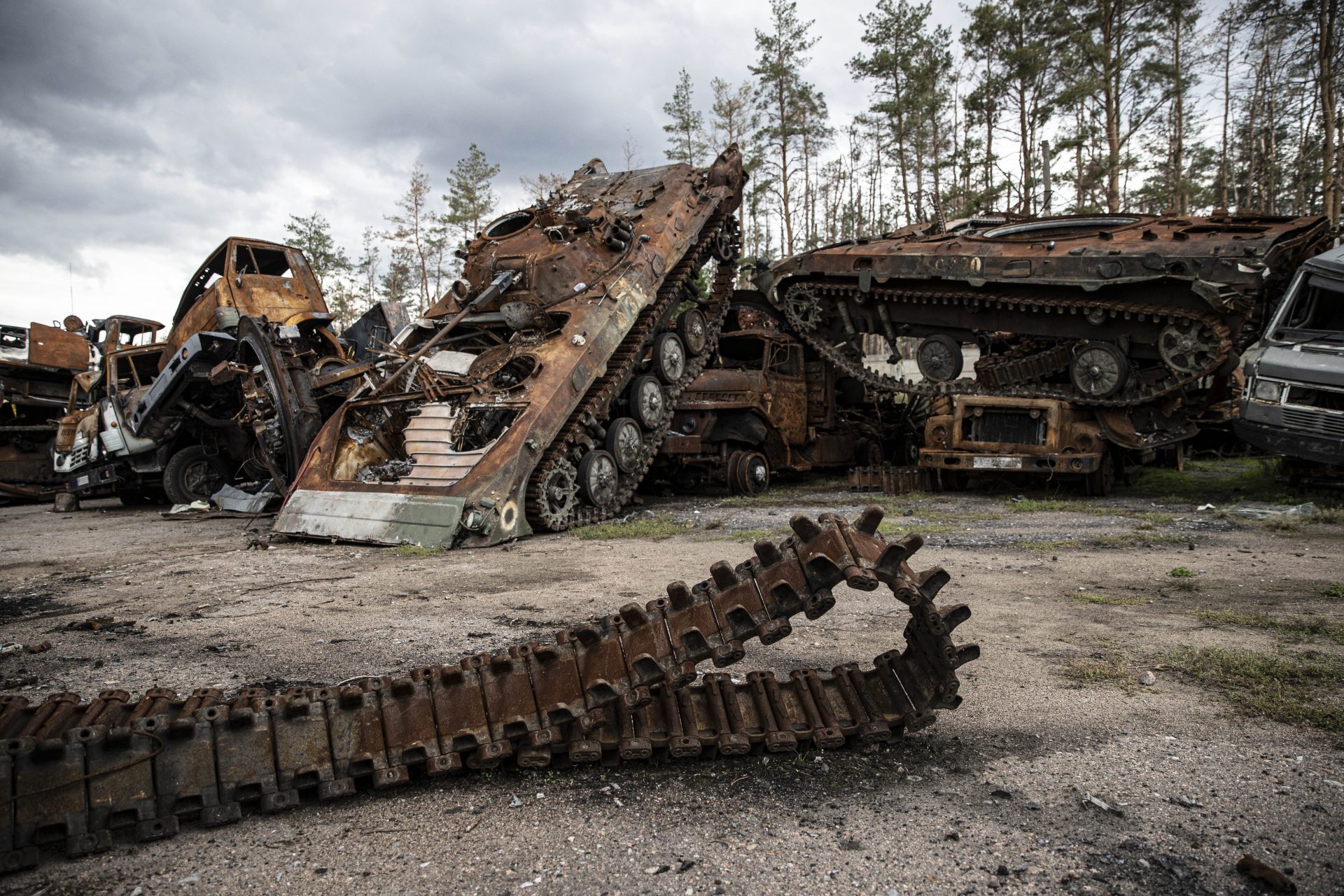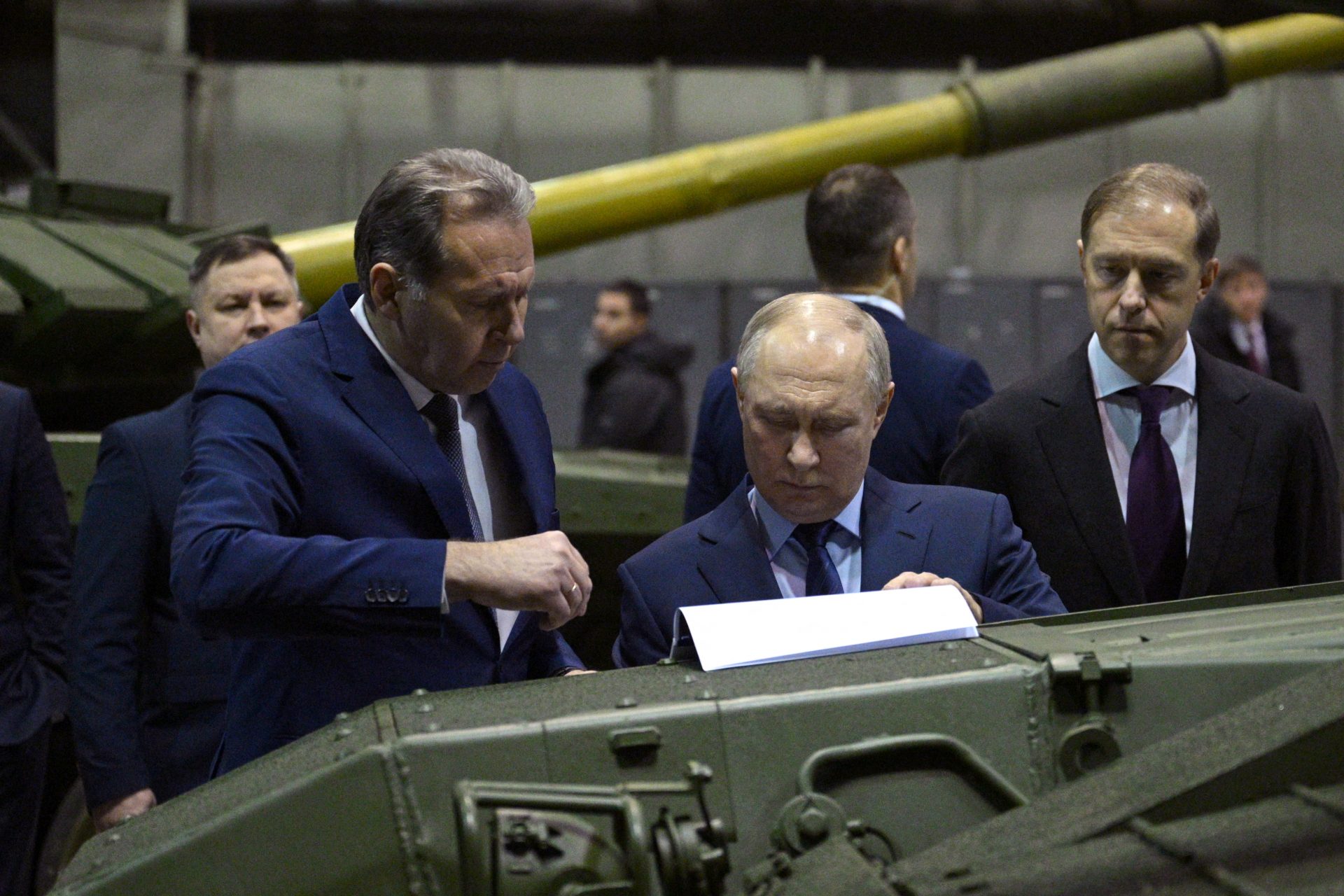Understanding Russia's decision to deploy World War II weapons in the Ukraine conflict
It appears that not only has Putin suffered the loss of over half a million men in attempts to destroy Ukraine, but there are indications that the Russian military may be facing equipment shortages.
Throughout the nearly three-year conflict, Moscow has found ways to adapt older stock and weapons for use against Ukraine and the Kremlin has even sent older weapons on the frontlines to help mitigate its stockpile issues.
One of the most recent examples of an older weapon making its way to the battlefield is the reported use of a World War II artillery gun on the frontlines: the M-30 (or M1938) howitzer. The Ukrainian military news website Militarnyi reported on this weird situation.
Photo Credit: Wiki Commons By Vitaly V. Kuzmin, CC BY-SA 4.0
A Russian Telegram channel posted video footage of a 122-mm M-30 howitzer that was reportedly damaged by Ukrainian troops according to Militarnyi. The Soviet Union first developed this type of artillery gun in the 1930s.
Photo Credit: Wiki Commons By Cmapm, Own Work, CC BY 3.0
The Soviet Union used the M-30 howitzers extensively against Nazi Germany during the Second World War and its appearance on the frontlines in Ukraine is an interesting new addition to the artillery gun’s military service record.
It's clear from the video footage that the M-30 artillery gun in question is positioned close to a battlefield since it appears to be entrenched and covered in camouflage, plus the author of the video explained how the gun was damaged.
Photo Credit: Telegram @russianocontext
Military translated comments from the narrator of the video and reported that they explained the M-30 was at its location for roughly two days before it was attacked and put out commission by Ukrainian forces using first-person view drones.
Photo Credit: Telegram @russianocontext
The M-30 was attacked by about 15 drones according to the video’s narrator, which did enough damage to the gun to make it unusable. This claim seemed possible based on the footage from the footage and damage to the gun.
Photo Credit: Telegram @russianocontext
Militarnyi reported that the M-30 howitzer has a 22.7-caliber barrel and can fire 122-mm shells upwards of 12 kilometers or 7.45 miles. The military news website also noted that this isn’t the first older artillery system Russia has used on the battlefield.
Photo Credit: Telegram @russianocontext
“It should be noted that over the past year, the Russian military has started to actively restore artillery systems from the 1930s and 1960s due to an acute shortage of artillery systems,” Militanryi reported.
Forbes previously reported that Russia has been turning to older Cold War artillery guns to meet its needs and cited an addition of the M-46 to frontline forces as one example of an older artillery gun making its way into the conflict.
Photo Credit: Wiki Commons By Bandanschik, Own Work, CC BY-SA 3.0
“On June 25, 2024, Russian forces released new videos and photos from the frontline, showing units using the M-46 field gun with what [appeared] to be North Korean-made 130mm HE-Frag projectiles,” Army Recognition reported about the M-46's use in Ukraine.
Photo Credit: X @war_noir edited by The Daily Digest
Defense Express also reported as early as January 2024 that the M-46 might have been used in Ukraine. However, at the time it was unclear if photos showing that the guns had been taken out of storage meant they had also been taken to the frontlines.
Photo Credit: Wiki Commons By Mike1979 Russia, Own Work, CC BY-SA 4.0
Evidence also emerged of Russian forces using hybrid artillery systems in Ukraine. Militarnyi reported in August on a video showing an M-46 fitted with the barrel from an AK-130 130mm naval gun, a weapon which was first used in the 1980s and is now no longer in use.
Photo Credit: X @technicznybdg
Another example of a hybrid Russian artillery weapon on the battlefield includes photo evidence published by military blogger Andrii Tarasenko showing a makeshift Russian rocket artillery system made with an RBU-6000 Smerch-2 anti-submarine rocket launcher mounted onto the chassis of a Т-80 tank.
Photo Credit: Telegram @btvt2019
As of August 25th, the latest estimates from the Ukrainian General Staff suggest Russia has lost a total of 17,443 artillery systems since launching its invasion.
However, artillery loss figures from the Ukrainian General Staff should be taken with a grain of salt even if it is clear that Russian forces are using older and hybrid artillery systems on the battlefields of Ukraine.
Never miss a story! Click here to follow The Daily Digest.
More for you
Top Stories



